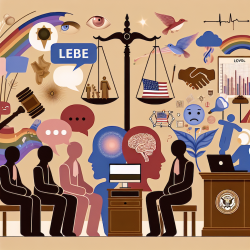Understanding Central Hypoventilation Syndrome
Central Hypoventilation Syndrome (CHS) represents a spectrum of rare disorders characterized by inadequate autonomic control of breathing. This condition is notably associated with PHOX2B gene mutations, leading to a lack of ventilatory response to carbon dioxide, particularly during sleep. The Fourth International Conference on Central Hypoventilation, held in Warsaw, Poland, provided a comprehensive update on the genetic, molecular, and clinical aspects of these syndromes.
Key Insights from the Conference
The conference highlighted several critical findings and ongoing research efforts:
- Genetic Underpinnings: The PHOX2B gene plays a pivotal role in the development of neurons involved in autonomic and respiratory control. Mutations in this gene are central to the manifestation of CHS, with varying degrees of severity depending on the mutation type.
- Diagnosis and Management: Early diagnosis is crucial to prevent neurocognitive damage. The conference emphasized the need for standardized diagnostic criteria and management guidelines to ensure consistent care across different regions.
- Therapeutic Approaches: Current treatments are primarily palliative, focusing on lifelong ventilation support. However, research into pharmacological interventions, such as the use of desogestrel, shows promise in enhancing ventilatory response in some patients.
Implications for Practitioners
Practitioners working with CHS patients should consider the following strategies to improve care:
- Stay Informed: Engage with the latest research and clinical guidelines to provide evidence-based care.
- Collaborate: Work closely with geneticists and respiratory specialists to develop comprehensive care plans tailored to individual patient needs.
- Advocate for Resources: Ensure access to necessary medical equipment and support services, particularly for home ventilation.
Encouraging Further Research
While significant progress has been made, there remains a need for further research into the pathophysiology of CHS and the development of targeted therapies. Practitioners are encouraged to contribute to research efforts, whether through clinical trials or collaborative studies, to advance our understanding and treatment of this complex condition.
To read the original research paper, please follow this link: Proceedings of the fourth international conference on central hypoventilation.










